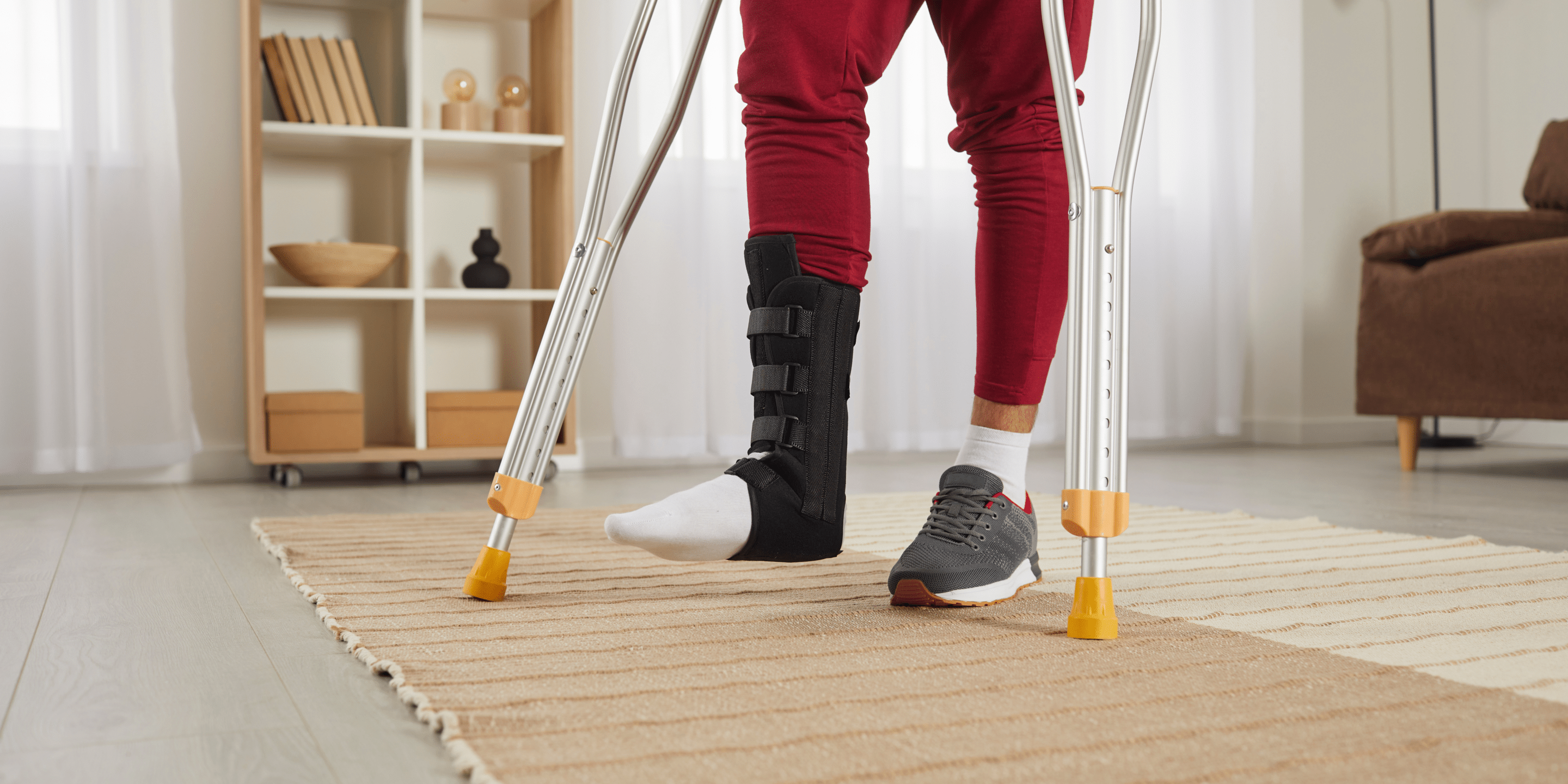Foot surgery can be a life-changing experience, affecting not only your mobility but also your overall quality of life. Whether you’re preparing for foot surgery or recovering from one, understanding the types of surgeries, the recovery process, and proactive ways to prevent surgery can help you make informed decisions and optimize your healing journey. In this blog, we’ll delve into these key points to provide valuable insights and tips for foot surgery recovery and rehab.
Types of Surgeries
Before Surgery
Before undergoing foot surgery, it’s essential to consult with our podiatrists to determine the most appropriate treatment plan for your specific condition. Common types of foot surgeries include:
- Bunionectomy
- Hammertoe correction
- Plantar fascia release
- Achilles tendon repair
- Fracture repair
Your surgeon will discuss the benefits, risks, and expected outcomes of the surgery, as well as any preoperative preparations, such as fasting, medication adjustments, and lifestyle modifications.

During Surgery
During foot surgery, various techniques may be employed depending on the type and complexity of the procedure. These may include:
- Open surgery
- Minimally invasive surgery
- Arthroscopic surgery
Our knowledgeable team will use specialized instruments and equipment to address the underlying issue, such as removing bone spurs, realigning bones, or repairing damaged ligaments and tendons.
Directly After Procedure
Immediately after foot surgery, you’ll be taken to a recovery room where your vital signs will be monitored closely. You may experience pain, swelling, and discomfort, and your foot may be immobilized with a splint or cast. Our team will provide specific postoperative instructions regarding wound care, pain management, and weight-bearing restrictions.
Recovery Process
Rehab
Rehabilitation is a crucial component of foot surgery recovery, focusing on restoring strength, flexibility, and function to your foot and ankle. Physical therapy plays a pivotal role in this process, offering tailored exercise programs to address your specific needs and goals. These may include:
- Range-of-motion exercises
- Strengthening exercises
- Balance and proprioception training
- Gait training
Follow-ups: Monitoring Your Progress
After foot surgery, regular follow-up appointments with our season podiatrists are crucial for monitoring your recovery progress and ensuring optimal healing. These follow-up visits serve as opportunities to:
- Evaluate the healing of your surgical incisions and assess for any signs of infection or complications.
- Conduct imaging studies, such as X-rays or MRIs, to assess bone healing, alignment, and hardware placement.
- Adjust your treatment plan as needed based on your recovery milestones and physical therapy progress.
- Discuss any concerns or questions you may have regarding your recovery, rehabilitation exercises, or pain management strategies.
Attending all scheduled follow-up appointments and actively communicating with our team can significantly impact the success of your foot surgery recovery, helping you return to your daily activities with improved mobility and comfort.
Proactive Ways to Prevent Having Surgery
While some foot conditions may require surgical intervention, there are proactive measures you can take to reduce your risk of needing foot surgery, including:
- Wearing supportive, properly fitted footwear
- Maintaining a healthy weight to reduce stress on your feet
- Practicing good foot hygiene and inspecting your feet regularly for signs of injury or infection
- Engaging in regular foot exercises and stretching to improve flexibility and strength
- Seeking prompt medical attention for foot pain or discomfort to prevent potential complications
Foot surgery recovery and rehab are complex processes that require time, patience, and dedication. By understanding the types of surgeries, actively participating in rehabilitation, attending regular follow-up appointments, and adopting proactive preventive measures, you can optimize your healing and reduce the likelihood of requiring future foot surgeries.
If you have any concerns or questions about foot surgery or recovery, don’t hesitate to contact our office for personalized guidance and support.
